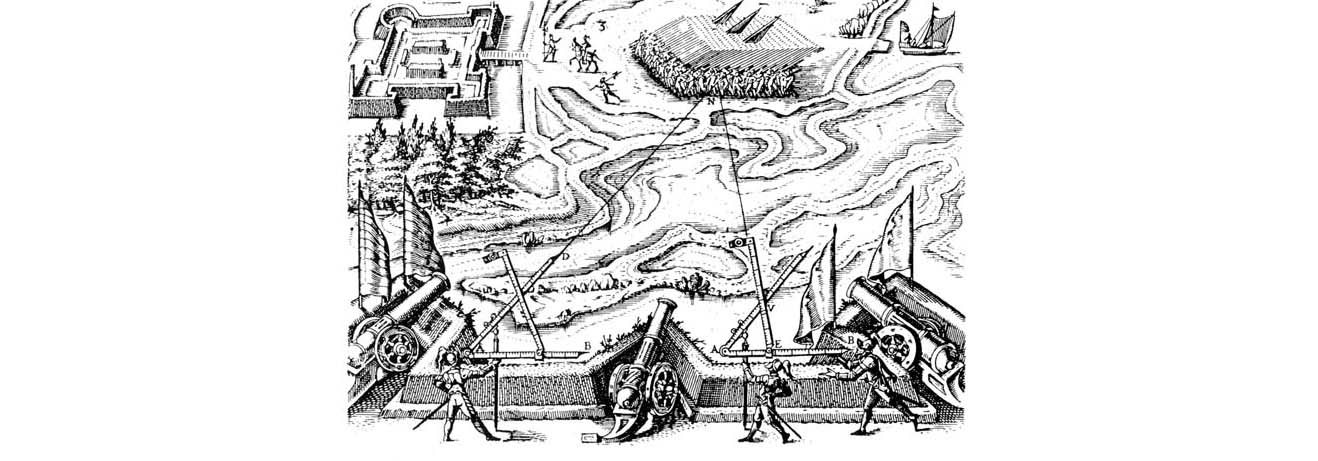"Give place, let the prisoner by; give place." -- the first English use of the word, according to the Oxford English Dictionnary
In the Physics, esp. book IV, Aristotle proposes a theory of place (topos) that rejects Plato's theory of space. The topos is a place of belonging. It is distinct from the body, which is defined by length, width, and depth. Yet there is a definite relationship of community or conflict between the nature of bodies and the nature of places: every physical element seeks "its" place, the place that belongs and corresponds to it, and it flees from any other opposed to it. For Aristotle "the motions of simple bodies (fire, earth, and so forth) show not only that place is something but that place has some kind of functional significance (potentia also force)" (cf. posture) although this power is not definable (like the forces of attraction and repulsion in modern physics)
Read More


